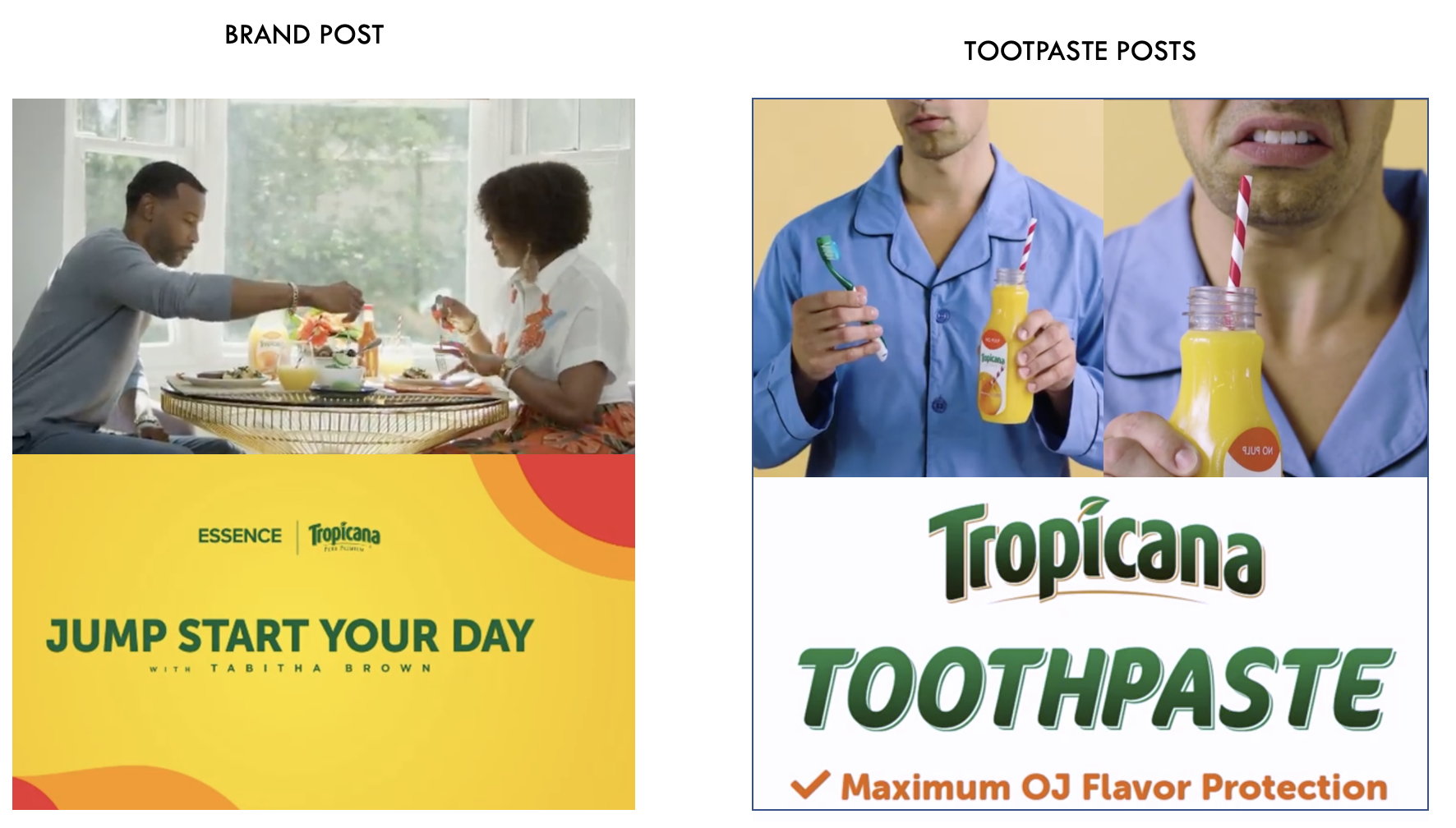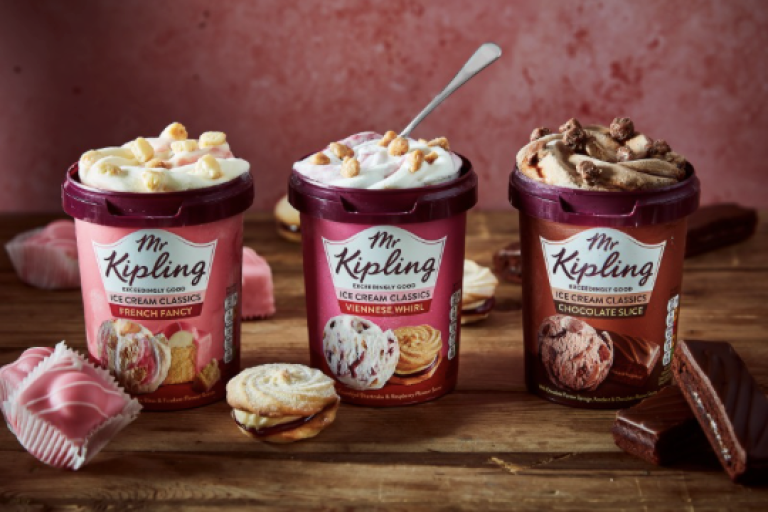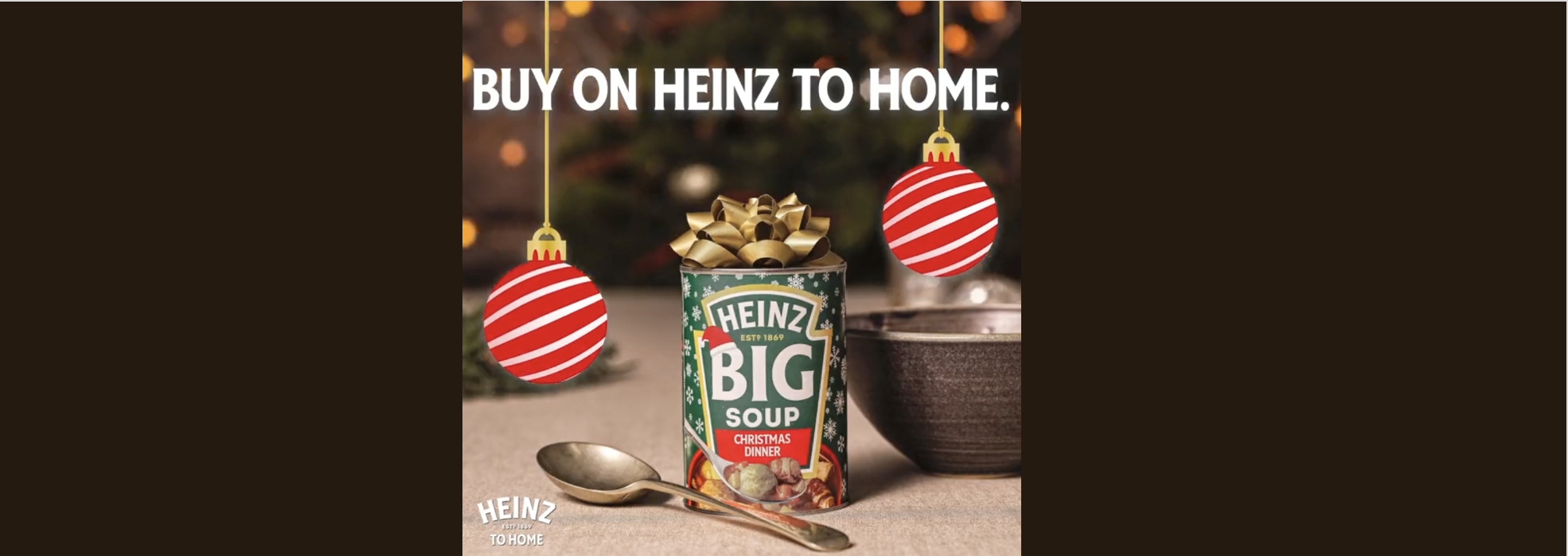More and more brands seem to be launching what I call LET-OFFs: Limited Edition Tactical OFFers. These new product launches are not serious, strategic stretching initiatives seeking to generate significant brand and business growth. Rather, they are tactical, short-term launches where the primary aim is to boost brand awareness and create ‘buzz’, especially in social media.
Consumer brands have sought to copy some of the tactics used by fashion brands: i. pre-launch announcement to create anticipation, ii. ‘drop’ on a specific date, iii. limited time availability, iv. post-launch ‘sold out’ announcement, v. all of this done with a focus on social media. A famous example of this approach is the Yeezy shoe launches created by Kanye West in partnership with Adidas. “The Yeezy 450s, which retail for £145, sold out before many people even had a chance to log and buy them from Adidas’ new Confirmed app or to find them on the YeezySupply.com site,” reported Men’s Health in March 2021, for example.
On paper, LET-OFFs have some advantages. The brand team can out-source manufacturing to a 3rd party supplier. The products can be supplied via the brand’s own website, without the need to secure retailer listings. The brand can use its own social media to promote the launch. And there is the hope of generating Yeezy-style media coverage.
The issue with LET-OFFs is less to do with return on investment (ROI). Instead, the question is more to do with return on TALENT (ROT). A fair amount of time is needed to create, laugh and promote these products (pack, comms, website, special media, PR etc.). How can we evaluate if an idea of a LET-OFF is likely to generate a good return on talent?
LET-OFF EVALUATION CRITERIA
I suggest using three key criteria for assessing idea of a possible LET-OFF:
- REACH: how effective is the idea at creating “buzz” and social sharing to drive brand reach and in turn penetration, key to brand growth? (Score out of 4)
- REINFORCEMENT: how effective is the idea at reinforcing the brand’s core benefit? (Score out of 4)
- REJUVENATION: how effective is the idea at rejuvenating the brand by bringing freshness and popular cultural “currency” (Score out of 2)
TOTAL SCORE out of 10
Below, I use these criteria to illustrate what I consider to be a bad, better and best example of a Limited Edition Tactical OFFer.
BAD: Tropicana Toothpaste
This launch was one of the first I posted on here. For me, this is one where the potential impact felt low.
REACH: judging by Tropicana’s Instagram feed, the reach was quite limited. Over 11,000 video views is not bad, but small in terms of reach of the US population. There was limited evidence of breakthrough into mass media (as with all these posts on Tropicana, ready to update this post if the brand or agency team can share some data!)
My score: 1 out of 4
REINFORCEMENT: this is where this LET-OFF falls down in my book. The product itself does nothing to reinforce Tropicana’s core benefits of freshness and taste. People did leave comments about how Tropicana brightens their day, in order to get the product. But these comments were limited in number as mentioned above. There are also some amusing comments from people who clearly misunderstood the concept, with one saying “I am interested to see how orange juice toothpaste tastes.”
My score: 1 out of 4
REJUVENATION: I guess it does make Tropicana look like brand doing fun and wacky ideas. That said, the tonality of the Instagram posts (below right) looks out of sync with the brand’s overall imagery (below left).
My score: 1 out of 2
MY TOTAL SCORE: 3 out of 10

BETTER: Mr Kipling Ice Cream
I posted earlier in 2022 on the launch of Mr Kipling* ice cream. The new product was launched exclusively in the Iceland store chain. This LET-OFF felt like a step up more likely to have a good return on talent.
*For non-UK readers, Mr Kipling sell ambient, traditional, packaged cakes with British delicacies such as Cherry Bakewell tarts and French Fancies!
REACH: The Mr Kipling ice cream launch seems to have got pretty good news coverage, including a feature on the Sun.com , read by 30million people per month.
My score: 3 out of 4
REINFORCEMENT: The ice cream does a nice job of reinforcing taste, texture and enjoyment credentials. And premium pricing in line with Ben & Jerry’s in Iceland adds a bit of everyday aspiration to what is a mainstream brand
My score: 3 out of 4
REJUVENATION: Launching a long-established classic brand like Mr Kipling into a new, premium category feels like it adds freshness and topicality. “Three of the nation’s favourites, iconic cakes have been used to inspire three delicious sounding new ice creams and we just don’t know which we want to try first!” reported Good Housekeeping, for example
My score: 1 out of 2
MY TOTAL SCORE: 7 out of 10

BEST: Heinz Christmas Dinner Big Soup
I posted here on Heinz Christmas Dinner Big Soup, which I feel is the best example I’ve seen of a LET-OFF. The product had everything you’d expect from a traditional British Christmas dinner – including turkey, stuffing and sprouts – packed into a big, chunky soup. It secured three Drum marketing award nominations.
REACH: Heinz Christmas Dinner Big Soup seemed to have blown the doors off here. The campaign generated half a billion social buzz impressions and an impressive 729 pieces of PR coverage, including the target audience’s top three newspapers and top five radio stations. My favourite feature is actress Drew Barrymore (bottom left of the image below) calling the product, “Your holiday din-din in a tin-tin”! In addition, 50,000 people signed up to receive Heinz updates during the campaign.
The first limited run of 500 cans sold out in hours on the Heinz to Home website. And a second larger run sold out in five minutes. But more important than the revenue from the LET-OFF itself (<£10,000 I guess) was the impact on the Big Soup core range as whole. “With this campaign the only marketing activity in 2021, week-on-week sales of Heinz Big Soup rose 14% and our market share rose 5%,” reported the team. The key point here is that this LET-OFF packed a big punch for Big Soup as whole in terms of awareness.
My score: 4 out of 4
REINFORCEMENT: the Christmas Dinner limited edition strongly reinforces the Heinz Big Soup core product proposition: “Full-on ingredients. Big-time flavour. Filled with robust chunks to really hit the spot”. This LET-OFF also nicely evokes emotional associations of Heinz Big Soup, linked to feelings of warmth, happiness and being down-to-earth.
Heinz Christmas Dinner Big Soup score: 4 out of 4
REJUVENATION: here, Heinz Christmas Dinner Big Soup scores full marks. The product tapped into a culturally resonant moment of the year. Extra PR value was gained by tapping into new stories suggesting possible Christmas food shortages. “With Brits’ much-loved Christmas dinner in danger,” the Heinz soup team explained, “we were inspired to create Heinz Christmas Dinner Big Soup”. Importantly, the LET-OFF rejuvenated the brand not only with consumers, but with retail customers too. Supermarkets has delisted some of the Big Soup SKUs in the previous year, suggesting a lack of belief in the range. The Christmas Dinner launch helped turn things around, with “buyers from all key retailers asked to list the product.”
My score: 2 out of 2
MY TOTAL SCORE: 10 out of 10

In conclusion, LET-OFFs are a good opportunity for creativity and fun at work. However, I recommend that any LET-OFF should work hard at driving reach, reinforcement and rejuvenation to maximise the chances of getting a good return on talent. Be more like Heinz Christmas Dinner Big Soup and less like Tropicana toothpaste, I suggest!
